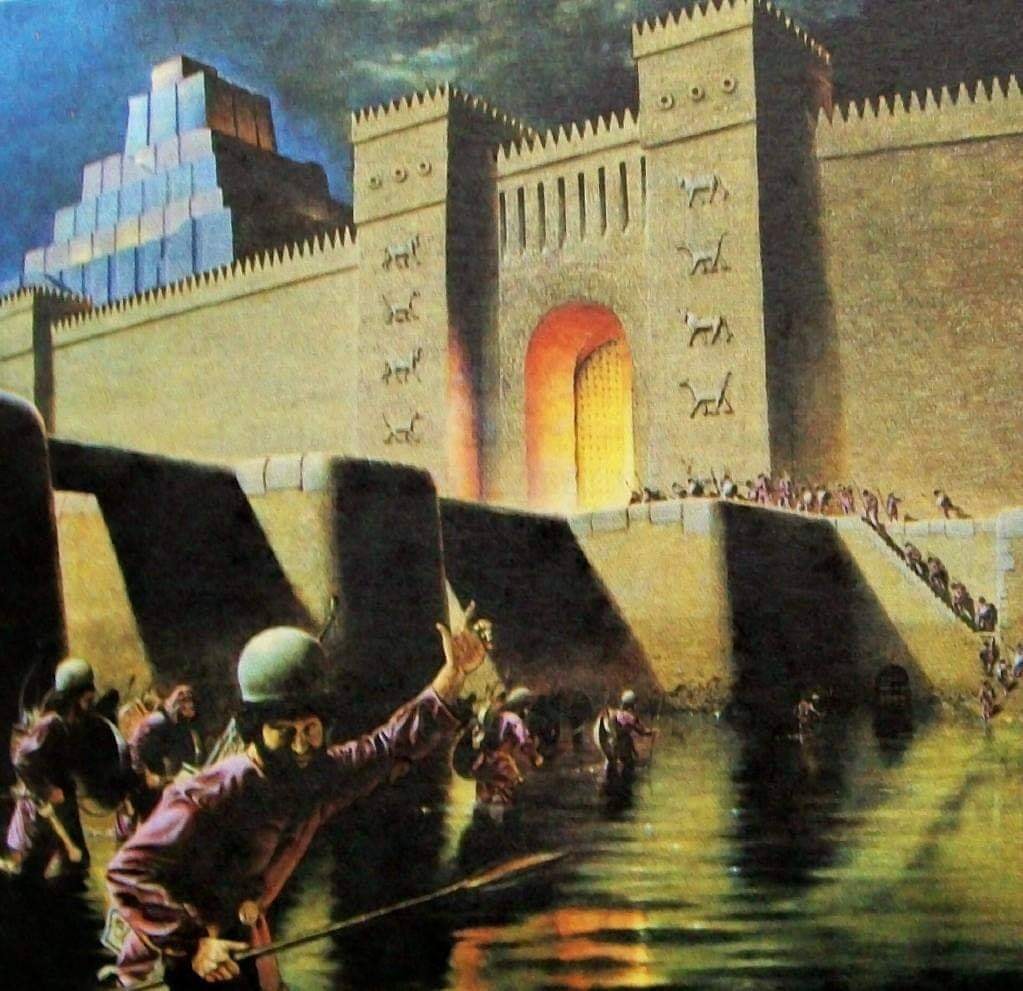THE ACHAEMENID (PERSIAN) EMPIRE (550-331 B.C.)
At the time of their earliest appearance in history the Achaemenid Persians were subject to the Median kings of northern Iran. Under their king Cyrus the Persians fought a war of independence against the Median overlords, and defeated Astyages, the reigning monarch, taking over his dominions. Cyrus followed up this victory with supreme confidence, and in the ensuing years he led an expedition against Lydia (546 B.C.), and then turned his attention to taking Babylon in 539 B.C. as described above. Thereafter he was able to continue westwards with his conquests, and extended his empire into Syria. At this stage he died, and his place was taken by his son Cambyses, who carried his father’s work of conquest to the Mediterranean coast and down into Egypt, which he added to the Persian Empire. His successors on the throne in- clude:
Darius I (521-486 B.C.)
is one of the greatest figures among Achaemenids. The pros- perity which his reign brought with it are attested by the magnificent palaces and other architectural works of his erected at his Persian capital, Persepolis.
After the death of Darius the Persian throne was held by eleven more kings over a total period of some 200 years, throughout which Mesopotamia acknowledged the sup- remacy of Persian monarchs, the kings often residing in Babylon for the winter. The hegemony of the Persian or Achaemenid Empire extended far and wide, to include Asia Minor, all Syria, Palestine, and Egypt. ‘The Persians themselves were influenced by the various advanced cultures which they there encountered, and contact between dif- ferent parts of the empire led to the intermingling of one culture with another. How- ever, the history of this period was not peaceful, as the empire was constantly torn by civil strife and internal revolt, which greatly weakened it. King Xerxes was obliged to
put down with great brutality an attempt by the Babylonians to revolt and gain their independence, and he inflicted serious damage on the temples and palaces of Babylon it self. At the end of the fifth century B.C. (ca. 401 B.C.) we have Xenophon’s account of the march of 10,000 Greek mercenaries, who retreated through Mesopotamia after assisting in an abortive attempt by an Achaemenid prince to overthrow his brother, the king. Thereafter, until the conquest of Alexander, the Near East was an arena for costly and bloody wars between the Achaemenids and the Greeks, ending ultimately in the defeat of the Persians, at the hands of Alexander the Great in 331 B.C.
Faraj Basmachi + iraq museum


